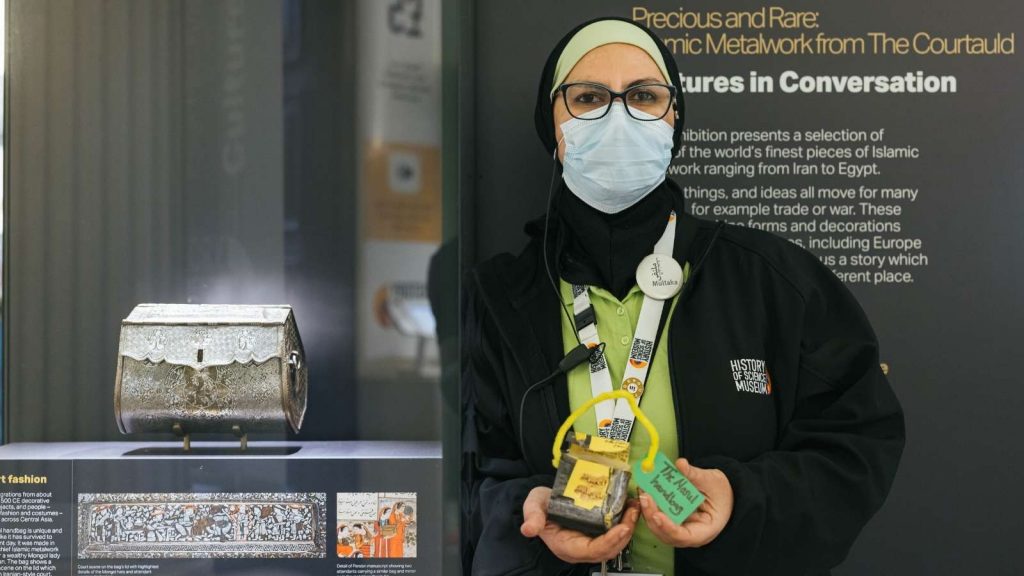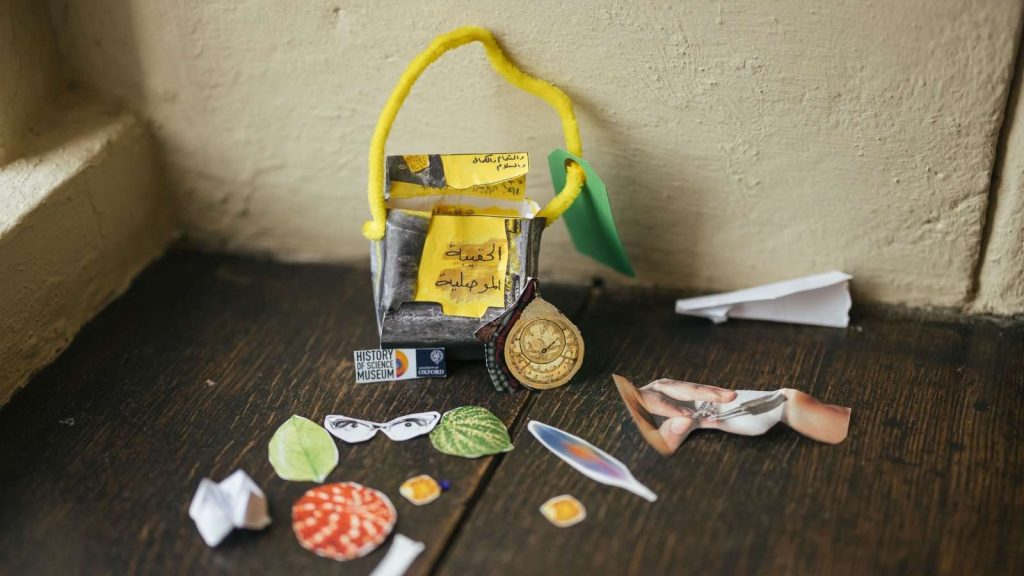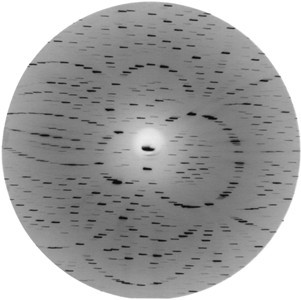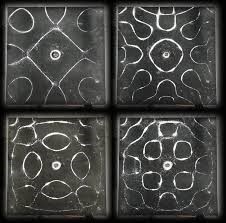How a handbag brings us together
Oxford’s Christmas Light Festival is here — hooray!
It’s wonderful to have an event that draws Oxford’s array of communities together, especially in these difficult times.
And this year, Multaka volunteers are teaming up with the History of Science Museum (HSM) to create our first ever live-streamed, festival family event.
The activities will take inspiration from one of the star objects in our new exhibition of Islamic metalwork, the 600-year-old Mosul Handbag. And during the event, we will be celebrating diversity in faith, music, food, and art.

Multaka and the HSM team have been exploring a new way to meet up with our three Multaka volunteers through the pandemic to discuss, organise, and design our activities for Christmas light festival. We have been meeting online every two weeks to exchange ideas and skills, and we want to share this healthy platform for discussion to our online visitors.

Jenan, one of our Multaka volunteers, told us:
‘It gives me great pleasure to participate in this event based on the Musel historical bag at the History of Science Museum in Oxford because I love its beauty and magnificent effect. Moreover Al-Musel city with its ancient civilization is the city of my mother back home; that makes me very thrilled and honoured.’
Alison, also one of our Multaka volunteers, added:
“I have enjoyed the Multaka lights festival project as a route to discovering other cultures, meeting new people, and learning about the Arabic language. I have been exploring some of the designs from objects in the ‘Precious and Rare’ exhibition online, and inventing ways to recreate them at home. I will demonstrate some ideas to add sparkle and shine to your Mosul bag during the online event.“

Helen, who is a learning officer at the Museum, told me that one of the things that she has really enjoyed is the way that we have all been learning together.
”All too often the name of the city of Mosul is mentioned in this country in the context of war, so it’s been wonderful finding out about the city’s rich culture and history. One of my favourite activities was when we were talking about the Mosul handbag and decided spontaneously to show our own favourite handbags to each other on Zoom. That led to the sharing of some really lovely stories.”
So come and join our brilliant Multaka team with your family for some fun activities on Friday 20th November from 4.30-5.30pm.
Get ready to download a template to make your own handbag, learn some Arabic and try your hand at Calligraphy.
Book your place on our website.
Al Salam Al- aykum!

 We’ll be holding our final Sunday playtesting session on
We’ll be holding our final Sunday playtesting session on 



